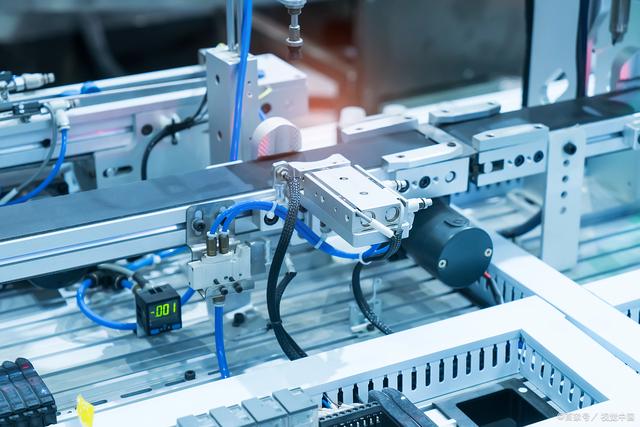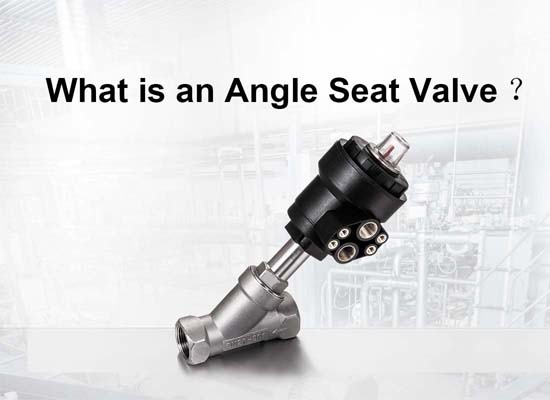- sales@fokca.com info@fokca.com
- WhatsApp: +86 150 5749 1870
Apr 21, 2025
Whether in mechanical manufacturing, the automotive industry, or sectors like food processing and pharmaceuticals, pneumatic cylinders are everywhere.
This article provides an in-depth analysis of the working principles, types, applications, and advantages of pneumatic cylinders.
It aims to help you choose the right pneumatic cylinder to ensure optimal performance and efficiency for your equipment.
Whether you are an automation professional or a beginner in the field of industrial automation, this guide offers practical knowledge and tips to boost productivity and improve system reliability.
A pneumatic cylinder is a mechanical device driven by compressed air to move a piston. It consists of a cylindrical chamber, a piston, and multiple ports that control airflow.
When compressed air enters the cylinder, it pushes the piston to create linear motion, resulting in mechanical action.
Thanks to this efficient operating principle, pneumatic cylinders are widely used in industries such as manufacturing, automation production lines, automotive systems, and robotics. They are a key component in powering industrial equipment.
Whether applied in precision control systems—such as automated production lines where cylinders enable accurate movement for tasks like material handling, assembly, and packaging with high efficiency and minimal error—or in heavy-duty industrial applications, such as mining equipment, where pneumatic cylinders operate heavy machinery like excavators, bulldozers, and hydraulic breakers under extreme load and harsh conditions, they ensure reliable and stable performance.
With their high efficiency, powerful force, reliability, and consistent operation, pneumatic cylinders have become an essential component in modern industry.

Pneumatic cylinders come in various types, each designed for specific applications. Here are some common types:
Single-Acting Pneumatic Cylinders
This type of pneumatic cylinder operates by using air pressure to drive the piston in one direction. Unlike double-acting cylinders, single-acting cylinders rely on compressed air for movement in only one direction, while the return motion is typically achieved using a spring, gravity, or other external force.
These cylinders are commonly used in straightforward applications where force is only needed in one direction. Their advantages include a simple structure, low cost, and easy maintenance, making them ideal for systems that require basic, single-direction actuation.
Double-Acting Pneumatic Cylinders
Double-acting pneumatic cylinders generate linear motion in both directions. Unlike single-acting cylinders, the piston in a double-acting cylinder is driven by compressed air during both extension and retraction strokes. This allows for more precise and versatile control.
These cylinders are widely used in applications that require force in two directions, such as automated production lines, packaging machinery, and robotic arms. With their high efficiency, reliability, and strong performance, double-acting pneumatic cylinders are well-suited for more complex industrial systems.
Rotary Pneumatic Cylinders
Rotary Pneumatic Cylinders: Controlled Rotational Motion for Precision Automation
Unlike traditional linear motion devices, rotary pneumatic cylinders are air-powered actuators specifically designed to produce rotational motion. They are ideal for applications that require continuous rotation or precise angular positioning, such as robotic arms, clamping systems, valve operations, and automated machinery.
Internally, these cylinders feature a piston connected to a rotary mechanism, allowing for reliable rotation within a defined angular range. With their compact design, accurate control, and low maintenance, rotary pneumatic cylinders are widely used in automation, assembly lines, packaging, and various industrial systems requiring precise rotational actuation.
Rodless Pneumatic Cylinders
Rodless pneumatic cylinders are specialized air actuators designed without the traditional piston rod. Instead, they generate motion through a sliding piston mechanism within the cylinder body. This innovative design allows for longer stroke lengths while maintaining a compact footprint, making them ideal for applications where space is limited.
These cylinders are widely used in systems requiring precise linear movement, especially in automated machinery, material handling, CNC equipment, and industrial cleaning systems. With fewer external moving parts, rodless cylinders help reduce wear and tear, enhance system reliability, and maximize efficiency in space-constrained environments.
Pneumatic cylinders are widely praised for their stable and efficient operation, making them indispensable in various industrial applications. Below are some key areas where pneumatic cylinders play a crucial role:
Pneumatic cylinders are extensively used in automated manufacturing systems for tasks such as assembly, sorting, and packaging. Their ability to deliver precise and repeatable linear motion ensures consistent performance in high-speed production environments.
In logistics and industrial settings, pneumatic cylinders are employed to lift, push, or pull loads. They are ideal for factories, warehouses, and construction sites, where efficient material movement is essential to productivity.
Pneumatic cylinders are essential in clamping and gripping applications, helping to hold parts securely during machining, welding, or assembly operations. Their reliable performance contributes to improved accuracy and safety in manufacturing processes.
In systems such as HVAC, chemical processing, and water treatment plants, pneumatic cylinders are used to operate valves and actuators. They help regulate the flow of air, water, steam, or chemicals, ensuring precise control and automation across different processes.
Pneumatic cylinders (气动缸) are widely used in automation and industrial applications due to their simplicity, reliability, and cost-effectiveness. Here are some key benefits:
High Speed & Quick Response – Pneumatic systems operate fast, making them ideal for high-speed applications like packaging and assembly lines.
Simple & Compact Design – They have fewer moving parts compared to hydraulic or electric actuators, reducing maintenance needs.
Cost-Effective – Generally cheaper than hydraulic or electric alternatives, both in initial cost and maintenance.
Reliable & Durable – Less prone to overheating and can work in harsh environments (dust, moisture, extreme temperatures).
Proper maintenance of pneumatic cylinders ensures longer lifespan, higher efficiency, and fewer breakdowns. Here are key maintenance practices:
Check for Air Leaks – Listen for hissing sounds or use soapy water to detect leaks.
Examine Mounting & Connections – Ensure bolts and fittings are tight to avoid misalignment.
Inspect Rod & Seals – Look for scratches, corrosion, or wear on the piston rod and seals.
Use Proper Airline Lubricators – If the system requires lubrication, ensure clean, light oil (ISO VG 32 or similar) is used.
Avoid Over-Lubrication – Excess oil can attract dust and damage seals.
Install Filters & Dryers – Moisture and contaminants can damage seals and internal components.
Drain Air Tanks Regularly – Prevents water buildup in the system.
Replace Worn Seals – If the cylinder starts leaking or loses pressure, seals may need replacement.
Check Bearings & Bushings – Worn bearings can cause misalignment and uneven wear.
| Problem | Possible Cause | Solution |
|---|---|---|
| Slow movement | Low air pressure, clogged valve | Check pressure, clean/replace valve |
| Leaking air | Damaged seals, loose fittings | Replace seals, tighten connections |
| Jerky motion | Contaminated air, lack of lubrication | Clean system, add lubricator |
| Cylinder not moving | Blocked air supply, stuck piston | Check air lines, disassemble & clean |
Fokca Provide pneumatic cylinders are indispensable components in modern industrial automation, providing cost-effective, reliable, and energy-efficient motion control solutions across diverse applications. By understanding their key advantages—such as high speed, durability, and ease of integration—users can maximize operational efficiency while minimizing downtime.
Proper maintenance practices, including regular inspection, lubrication, and contamination prevention, are crucial to extending their service life and ensuring consistent performance. Whether deployed in manufacturing, automotive, food processing, or robotics, pneumatic cylinders remain a fundamental choice for industries seeking fast, safe, and low-maintenance linear motion systems.
By selecting the right cylinder type and adhering to best maintenance practices, businesses can enhance productivity and reduce long-term operational costs. Would you like recommendations for specific applications or troubleshooting guidance?
For more insights into pneumatic systems and to find the perfect pneumatic solution for your needs, contact our team of experts today.
Single-acting cylinders use air pressure in one direction only, while double-acting cylinders use air to move the piston in two directions.
How long do pneumatic cylinders last?
With proper maintenance, pneumatic cylinders can last several years, depending on their usage and environment.
Can pneumatic cylinders be used in robotics?
Yes, pneumatic cylinders are widely used in robotics for their precision and reliability.
Are pneumatic cylinders expensive?
Pneumatic cylinders are generally cost-effective, especially when considering their reliability and low maintenance costs.
How do you maintain a pneumatic cylinder?
Regular inspections for leaks, ensuring proper lubrication, and keeping the air supply clean and dry are key maintenance practices.
You May Interest In

Apr 18, 2025 Blog
What is an Angle Seat Valve?Links: www.fescolo.com(Pneumatic)
FOKCA ©1998-2025 All Rights Reserved Sitemap